"Fine-Arts" prints on paper
It is a process of printing on art paper using very high-quality pigment inks and printed in very high definition. Its level of conservation is exceptional (more than 100 years), its quality, depth, and richness of nuances exceeds the classic photo print on Argentic paper.

Glossy finish
Apart from its exceptional thickness, the fiber paper is composed of an alpha-cellulose base without acid and it is covered with barium sulphate, and a microporous layer absorption enhancing pigments during printing. A pure white color, non-yellowing to light, this paper is especially designed for resistance and aging. It is used by major museums worldwide as it offers excellent resolution, rendering deep and dense colors.
Art Print "Fine Art" - Glossy finish on a fiber base paper 325 g.

Our high end prints and reproductions
ArtMajeur only uses natural papers with neutral pH, resistant, and of high quality, selected from renowned papermakers!
Constant attention is paid by our master printer, whether in terms of color control or respect for the graphic chain. Our high level of quality requirement is a major asset of ArtMajeur framed art prints.
For Artists! You help artists to live from their work. They receive royalties everytime you buy their prints.
About our fine prints-
Original Artwork
Painting,
Graphite
/
Watercolor
/
Gouache
on Paper
- Dimensions Height 12.4in, Width 17.7in
- Framing This artwork is not framed
- Categories Expressionism Female nudes
Au centre de la composition se trouve un nu féminin, allongé sur le ventre avec une pose suggestive et provocante. Schiele utilise des lignes angulaires et des contours déformés pour capturer la tension et la sensualité de la scène. Le corps de la femme est dépeint avec une intensité émotionnelle brute, mettant en valeur ses courbes et sa beauté naturelle.
La palette de couleurs est souvent sombre et terreuse, avec des tons de brun, de gris et de noir qui accentuent la gravité de la scène. Les ombres et les reflets sont utilisés de manière subtile pour accentuer les formes du corps de la femme et créer un contraste dramatique avec l'arrière-plan.
Les expressions du visage de la femme sont souvent énigmatiques, son regard fixé quelque part au loin, ce qui ajoute une dimension de mystère à la peinture. Malgré la simplicité de la pose, il émane de la figure une aura de force et de séduction qui captive le spectateur.
Related themes
Egon Schiele (1890–1918) was an Austrian painter and a key figure in the early 20th-century expressionist movement. Born on June 12, 1890, in Tulln, Austria, he displayed artistic talent from a young age, prompting his enrollment at the Academy of Fine Arts in Vienna at just 16 years old. There, he studied under notable artists, including the influential painter Gustav Klimt, who became a mentor and played a significant role in Schiele's development.
Schiele’s work is characterized by its raw emotional intensity, bold colors, and provocative subject matter. He often explored themes of sexuality, identity, and the human form, pushing the boundaries of artistic expression. His distinctive style combined distorted figures, expressive lines, and an unusual use of color, which set him apart from his contemporaries.
In 1909, Schiele's career began to gain traction when he held his first solo exhibition in Vienna. However, his explicit depictions of nudity and sexuality frequently drew criticism and controversy, leading to legal troubles. In 1912, he was arrested for allegedly seducing a young girl and exhibiting indecent art, experiences that further fueled his rebellious and defiant spirit.
Throughout his career, Schiele produced a prolific body of work, including over 300 paintings, numerous drawings, and sketches. His self-portraits, in particular, are renowned for their introspective and often unsettling quality, reflecting his inner turmoil and complex psyche. Notable works include Self-Portrait with Physalis and The Embrace, showcasing his unique approach to human anatomy and emotion.
Tragically, Schiele's life was cut short by the influenza pandemic in 1918. He died on October 31, just days after the death of his wife, Edith. Despite his brief career, Schiele left a lasting impact on modern art, influencing later movements such as Expressionism and Surrealism. Today, he is celebrated as one of the most significant artists of the early 20th century, with his works held in major collections worldwide, including the Leopold Museum in Vienna and the Museum of Modern Art in New York.
-
Nationality:
AUSTRIA

- Date of birth : 1890
- Artistic domains: Represented by a Gallery,
- Groups: Contemporary Austrian Artists Artists presented by a gallery
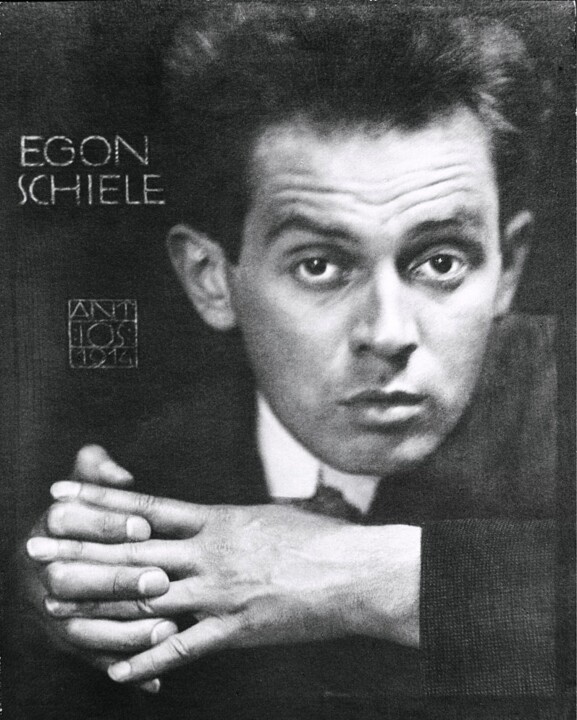 Egon Schiele
Egon Schiele
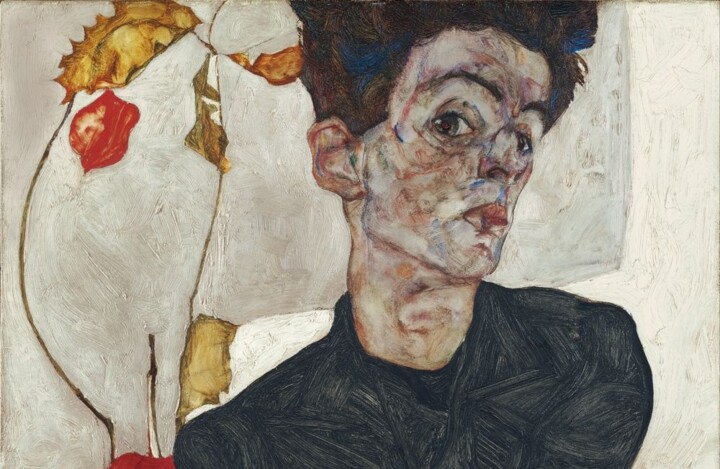 Self-Portrait with Chinese Lantern Plant
Self-Portrait with Chinese Lantern Plant
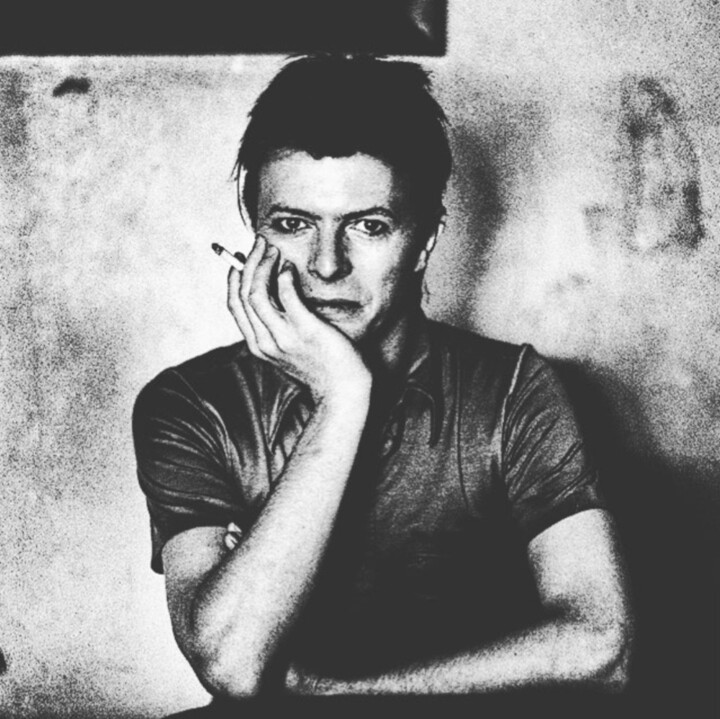 David Bowie: A Cultural Connoisseur of Music and Art
David Bowie: A Cultural Connoisseur of Music and Art
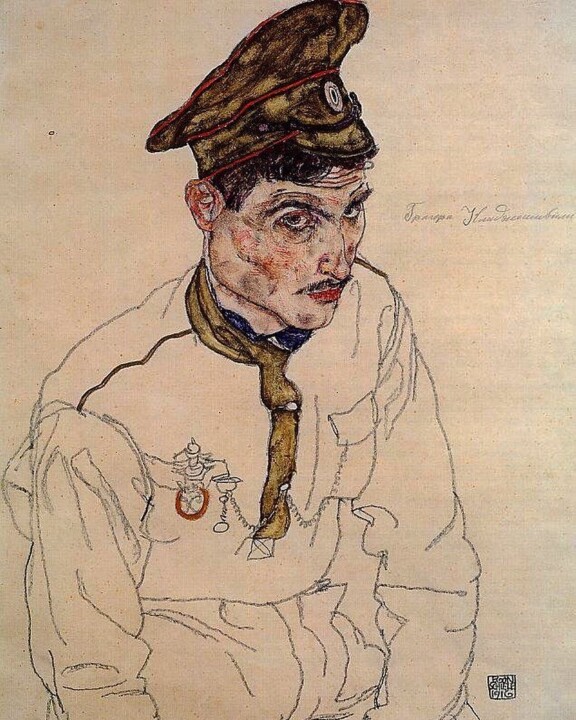 Egon Schiele's artworks, suspected of having been looted during the Nazi era, have been confiscated from museums across the United States
Egon Schiele's artworks, suspected of having been looted during the Nazi era, have been confiscated from museums across the United States
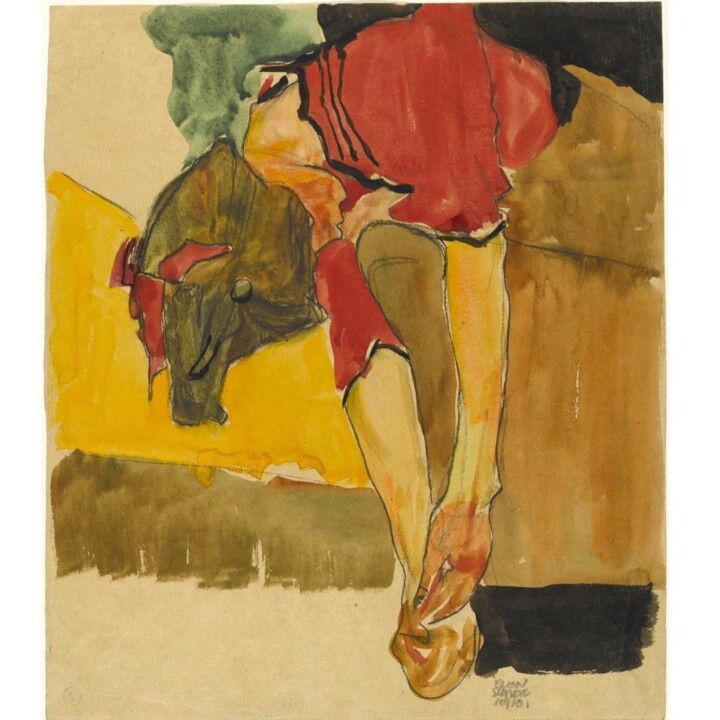 Egon Schiele Works Are Returned to the Heirs of a Jewish Art Collector Following a New York Investigation
Egon Schiele Works Are Returned to the Heirs of a Jewish Art Collector Following a New York Investigation









